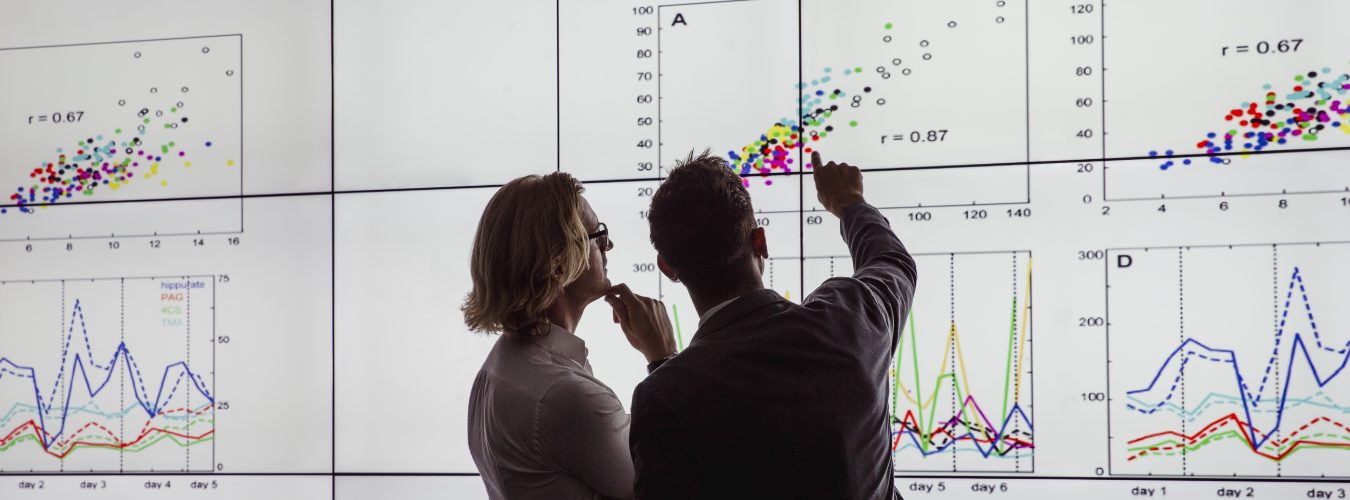
With video continuing to gain popularity it seemed only natural that it would find its way into Higher Education, providing an important content delivery tool in many flipped, blended, and online classes. One reason for its popularity is the versatility of video. They can present complex concepts and make learning more engaging and accessible. They can provide a way for viewers to see and hear information more dynamically than traditional text-based materials.
The capabilities of video
Explainer
Screen-capture
Video presentation/lecture recordings
Scenario
Tutorials
What are the benefits of using video within education?
Students
- They can create a more engaging sensory experience than using printed materials alone.
- Increased knowledge retention.
- Videos can greatly assist in teaching complex subjects and convey a large amount of information in a short space of time.
Academics
- Videos can increase student engagement which in turn helps boost achievement
- Many videos now contain analytics features that enable academics to track student engagement. ‘Comments’ sections on videos also provide opportunities for student feedback and assistance
- They enable academics to create a blended learning environment. It frees up face-to-face teaching time to prioritise more interactive and collaborative experiences
Institutions
- LMS integration
- Ability to increase online course offerings
- Ability to record campus events and lectures which in turn increases engagement and has great potential to improve marketing and communications
Although video offers a number of benefits, it is important to not overuse digital resources but to use them to your advantage. You should ensure collaboration and discussion are still encouraged. Additionally, the choice of adding video in education should be based on a lot of factors like budget, time, aims and purpose.
How Can You Create Effective Educational Video Content?
The digital learning team work closely with faculties to produce high quality media assets. We can also offer support to help you to create some media yourself.
When creating your own educational video content you should consider:
Length
Shorter videos are more effective for maximum engagement. Keep videos as short as possible while still addressing the main concept.
Chunking
When working with larger and more complex topics it is beneficial to chunk your content into multiple videos. They should have a clear beginning and end. This will help the content feel more manageable. It allows the learners to process new information at their own pace.
Learning outcomes
Clear objectives will help your video stay focused and give you a clear set of boundaries for what belongs in your video.
High-quality video and audio
Poor audio and video quality can be distracting and reduce the effectiveness of your video. If you don’t have access to equipment the Digital Learning team can help.
Accessibility
Ensuring your videos are accessible helps those with disabilities have an equal experience with your content. It’s important your video have captions, a downloadable transcript and also the correct colours, contrast and size for those who might be partially sighted or colour blind. You may also want to consider adding audio description for those who are visually impaired.
Digital Learning Film School
If you would like to learn more about creating your own content take a look at the Digital Learning Film School.
The School takes you through all aspects of planning, filming and editing with the aim of helping you produce a video that engages your audience, using the equipment you have available.


